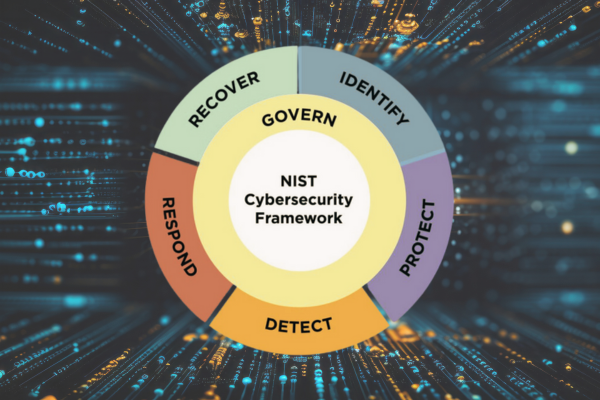The National Institute of Standards and Technology (NIST) has unveiled the latest version of its Cybersecurity Framework (CSF) 2.0, its first major overhaul since 2014. This significant update closely aligns with the current demands of cybersecurity and improves the National Cybersecurity Strategy.
This revised framework maintains the essential “core” functions—identify, protect, detect, respond, and recover—while adding a crucial “govern” function. This new addition is designed to ensure that high-level executives include cybersecurity considerations within their risk management strategies, taking into account both financial and reputational factors.
Enhanced Guidance for Diverse Organizations
In response to public input, the NIST has broadened the CSF’s guidance and introduced fresh resources, including specific implementation examples, and easy-to-follow guides for various organizations.
These improvements are intended to render the CSF more accessible and flexible for a wide range of businesses, from smaller firms to larger corporations, with a particular focus on those overseeing industrial control systems (ICS) and operational technology (OT).
A Focus on Risk Minimization
The Cybersecurity Framework 2.0 strongly emphasizes the oversight of cybersecurity risks and encourages in-depth methods for addressing cyber supply chain risks. NIST officials have indicated that such oversight is critical for limiting the financial risk of stakeholders and devising usable and effective cybersecurity strategies.
With its availability in several languages, the CSF 2.0 remains an essential tool for organizations worldwide to manage cybersecurity threats proactively. Specialists in the field have commended the CSF 2.0 for changing the perception of cybersecurity investment from merely a financial burden to an essential element of business functionality.
The Wrap
This significant revision by NIST not only reflects a deep understanding of the shifting cyber threat environment but also represents a commitment to evolving with advances in technology and business needs.
The CSF 2.0 stands as a testament to the importance of cybersecurity today, offering a detailed framework that empowers organizations to safeguard their operations while encouraging a culture of resilience and awareness.
With this framework, NIST reaffirms its role as a crucial architect of global cyber defense strategies, setting a standard that resonates with the needs of today’s world.






